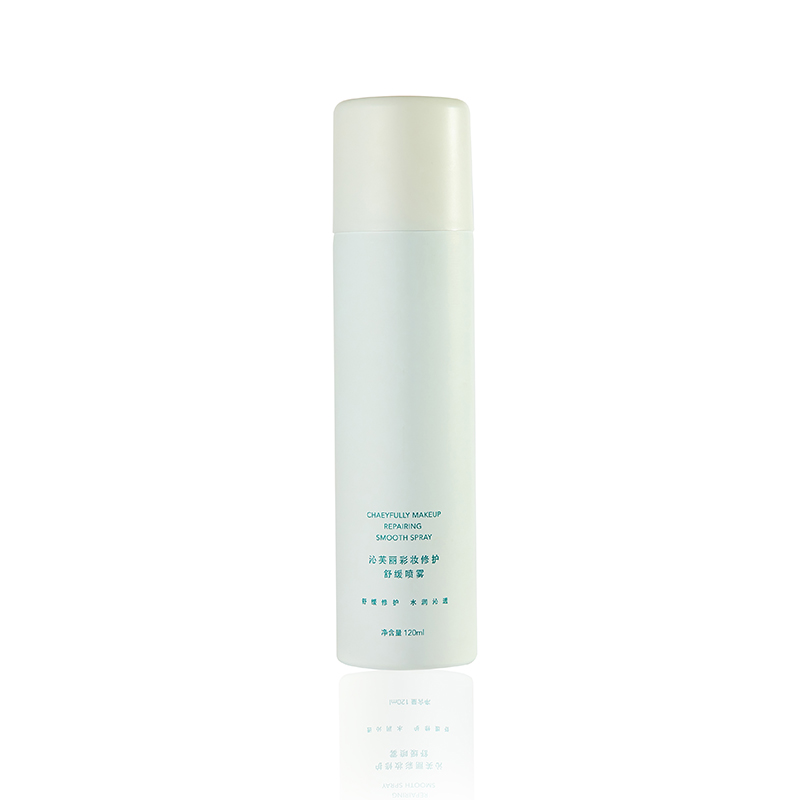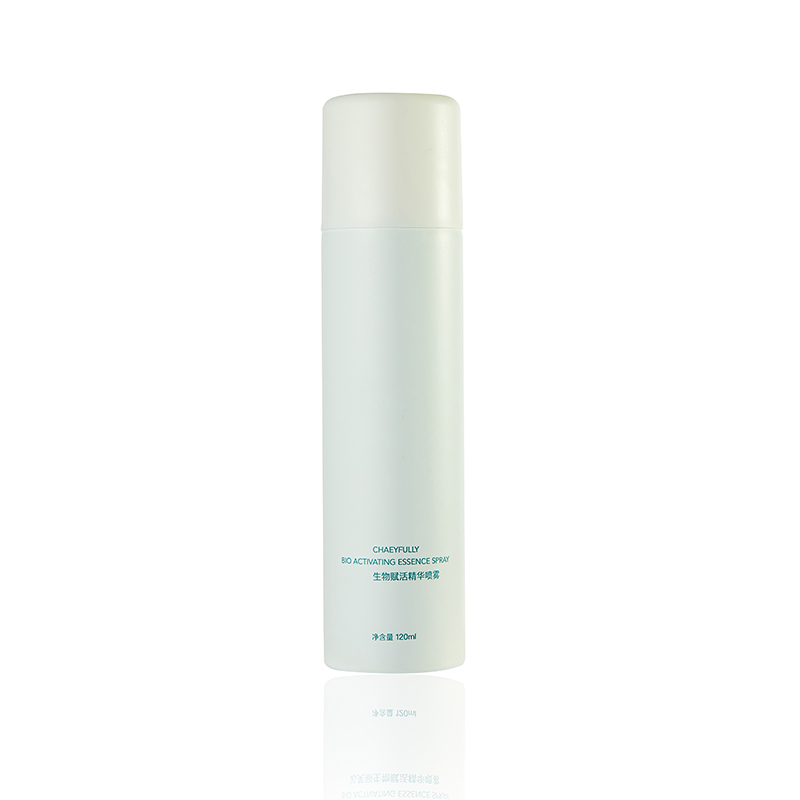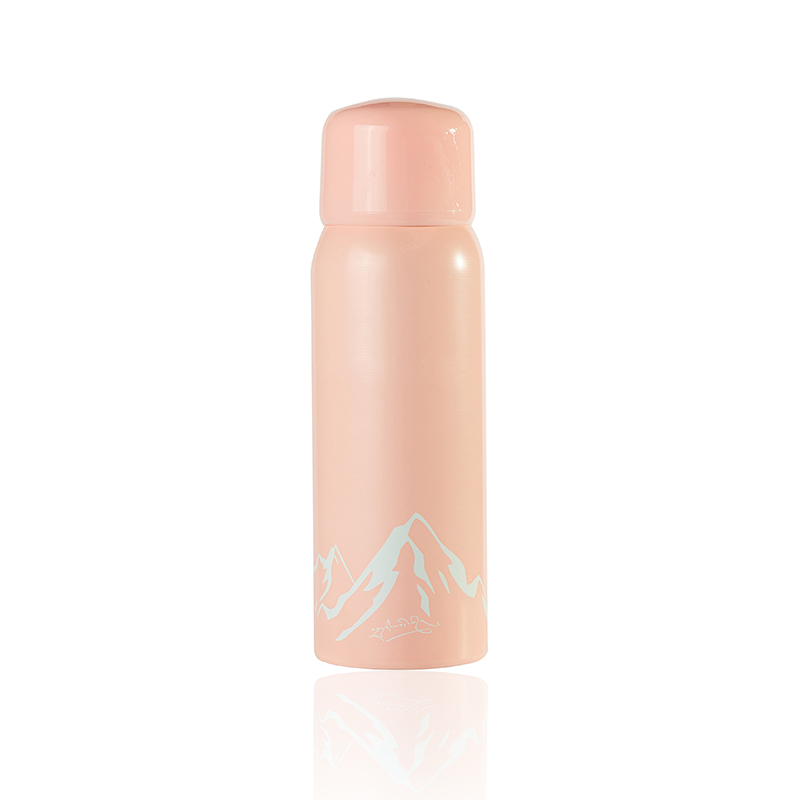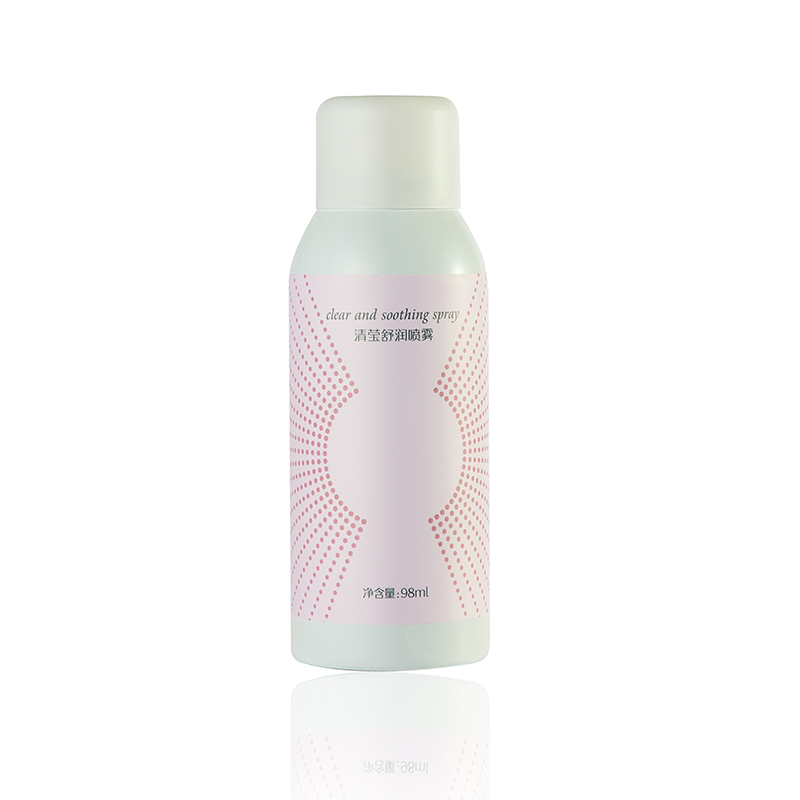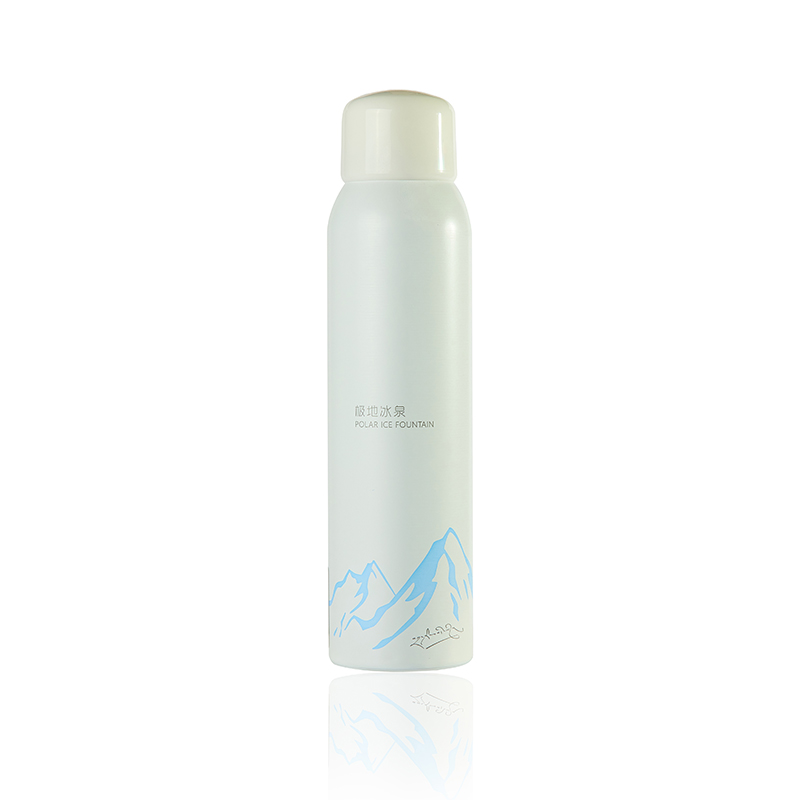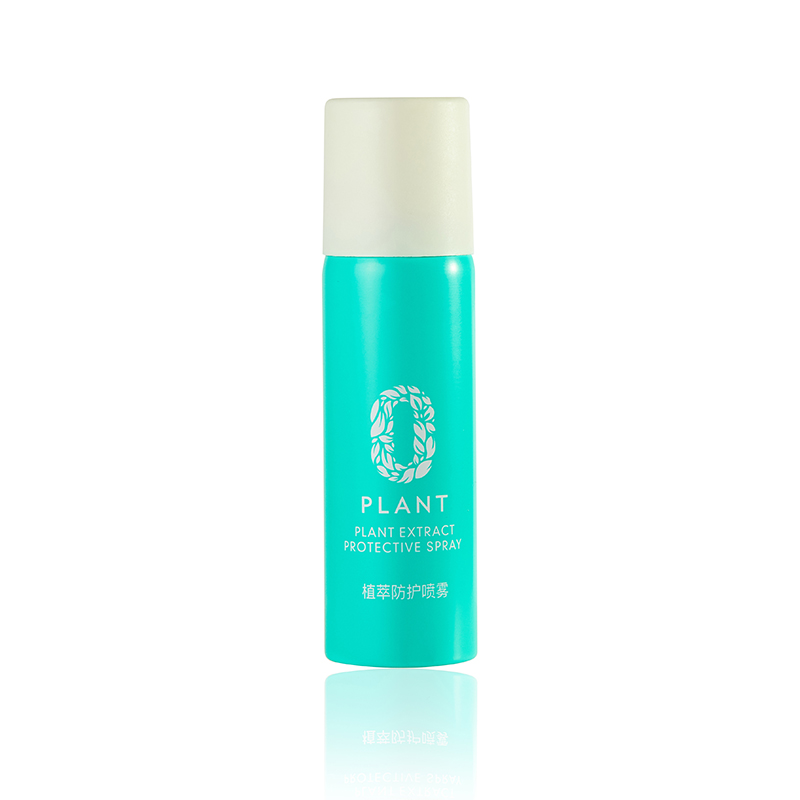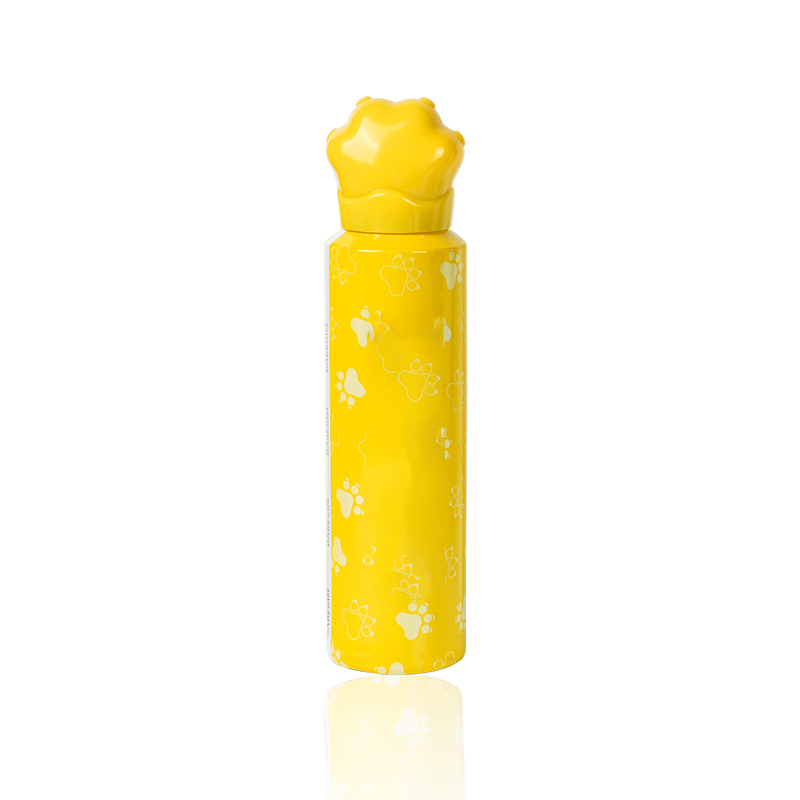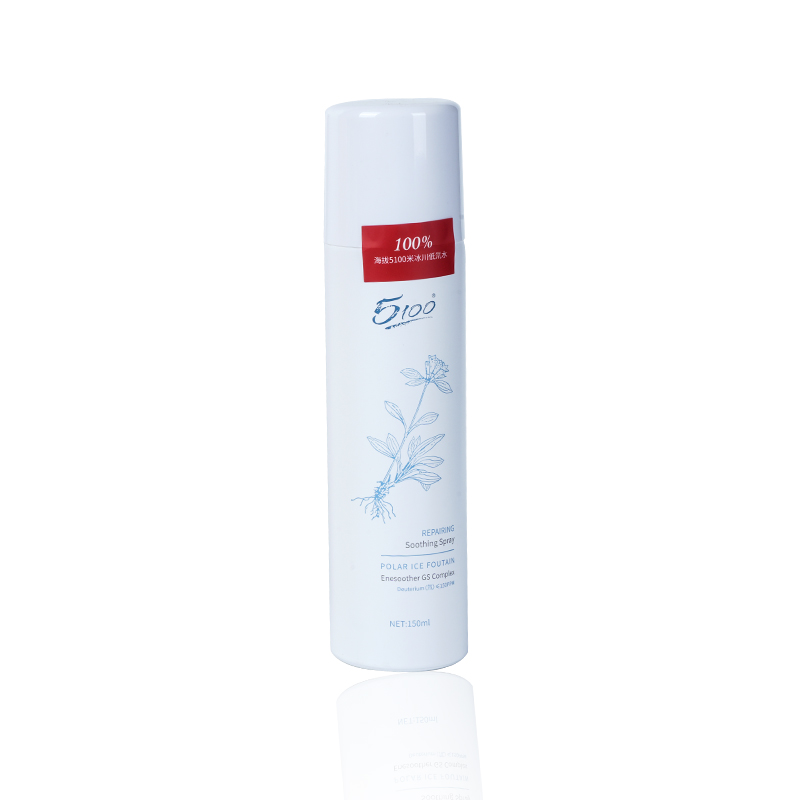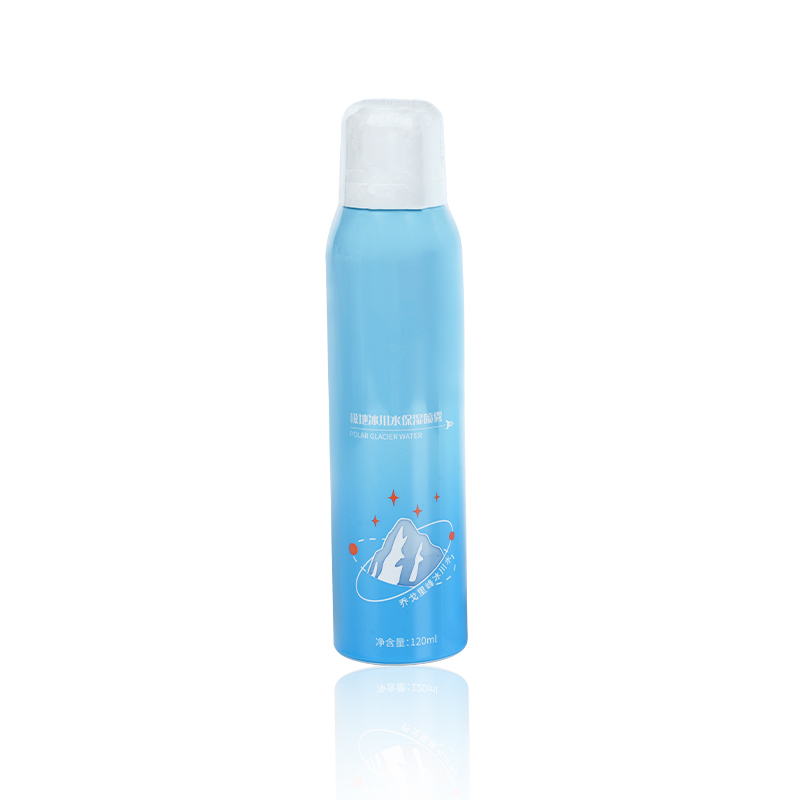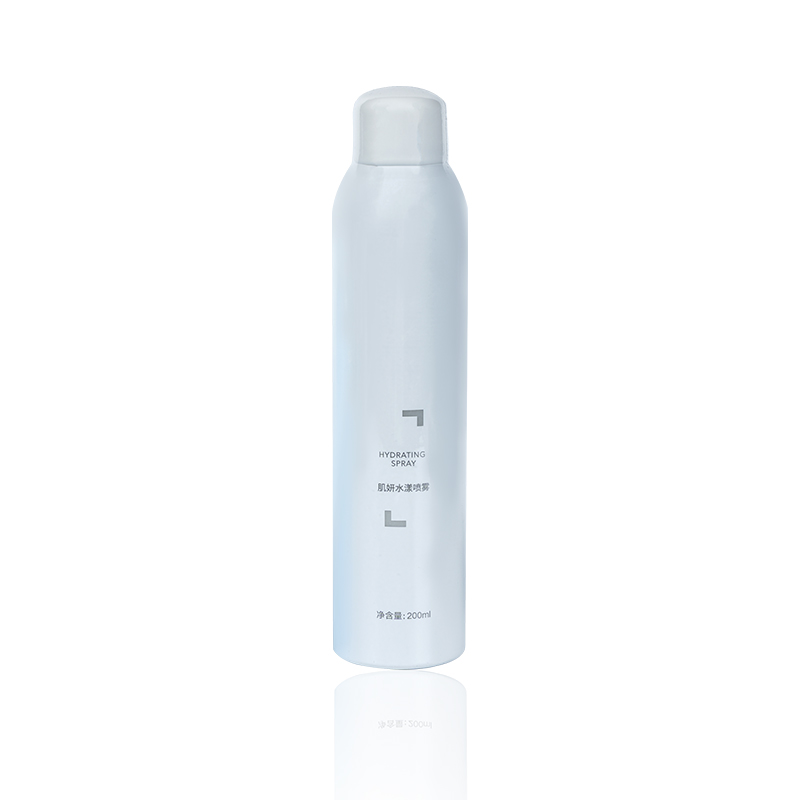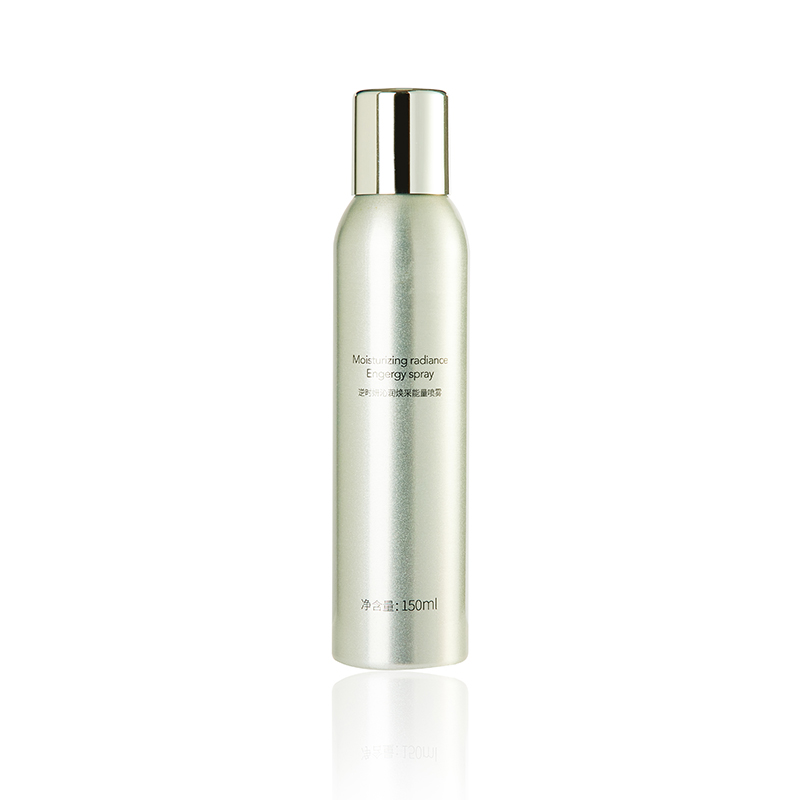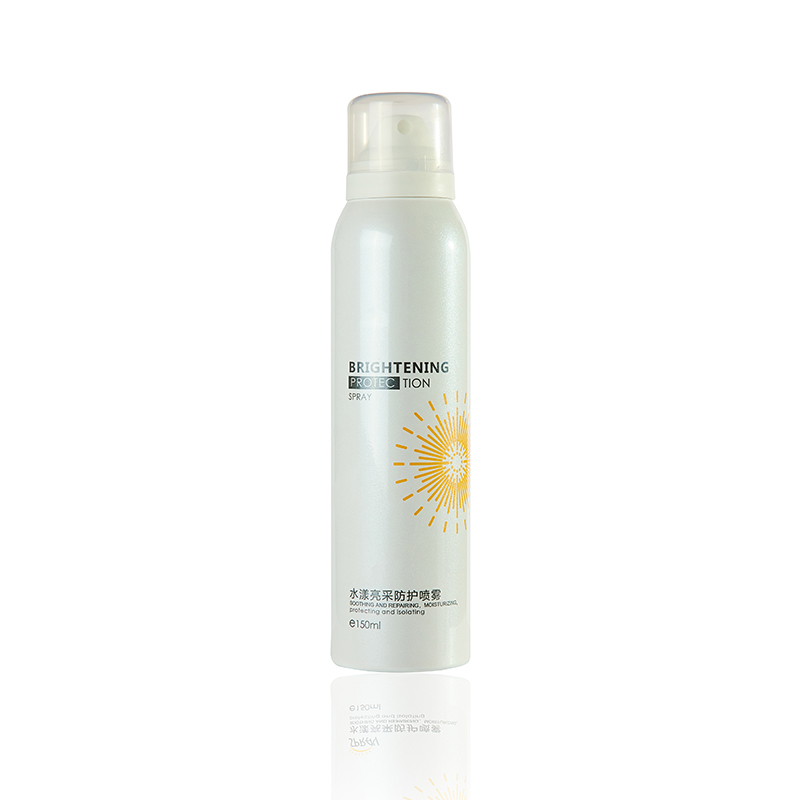As the beauty and personal care industry evolves, environmental impact is no longer a footnote—it’s a core design principle. In foam-based products like shower mousse, where the formula is rich in surfactants, understanding and reducing the ecological footprint of these ingredients is essential. Traditionally, many foaming products rely on sulfate-based surfactants such as SLS (sodium lauryl sulfate) for their strong cleansing and lathering abilities. However, these compounds are not easily biodegradable and may contribute to aquatic toxicity if not properly treated in wastewater systems.
Modern shower mousse manufacturers are increasingly turning to biodegradable and plant-based alternatives such as sodium cocoyl glutamate, coco-betaine, and other mild surfactants derived from coconut oil or amino acids. These ingredients maintain a good balance between performance and biodegradability. Although these systems may produce a slightly different foam profile compared to sulfates—often softer and denser—they provide sufficient cleansing while being gentler on both skin and the planet. In fact, amino acid surfactant systems have become a go-to choice in formulations that aim to combine environmental responsibility with product effectiveness.
Another key factor influencing the environmental performance of foam products is how well the formula integrates with rinse-off behavior. Formulations that require more water to rinse off not only affect user convenience but also increase water consumption. Thoughtful emulsion design, smart viscosity control, and fine-tuned foam collapse rates can all contribute to reducing the water burden during use. This is especially relevant in rinse-off products like mousse shower wash, where sustainability is evaluated not just by ingredient list but also by the entire user interaction with the product.
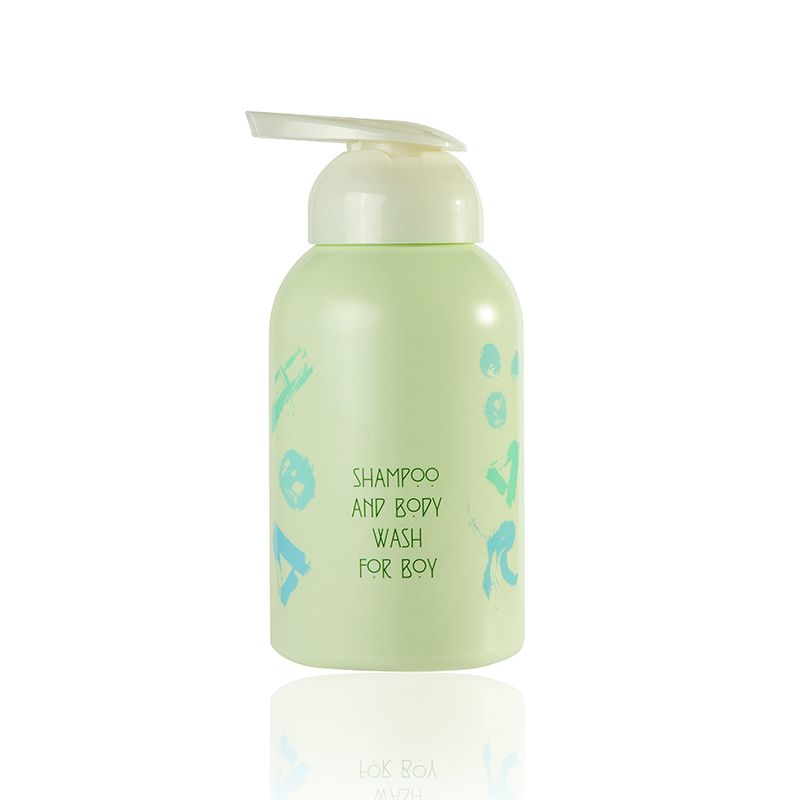
From a manufacturing standpoint, developing a sustainable shower mousse also involves upstream considerations. Raw material sourcing, supply chain transparency, and even energy usage during production are areas where innovation can have a big impact. For example, some formulators now prioritize RSPO-certified palm-derived ingredients or use surfactants produced via fermentation processes that reduce reliance on petrochemicals. These upstream efforts are vital in creating not just a "green" product, but a verifiably low-impact one across its lifecycle.
Packaging is another component that can’t be ignored. While the foaming dispenser is integral to the sensory experience of a shower mousse, it poses challenges in recyclability. Brands are now working with redesigned pump heads, mono-material bottles, and refill systems to minimize waste. Some manufacturers are also testing compostable or reusable dispensers, which—combined with concentrated mousse formulas—can significantly lower the packaging-to-product ratio. These practical shifts are helping to align consumer convenience with sustainability goals.
Consumer demand is clear: people want products that work, feel good, and do less harm. But the transition to sustainable foaming products isn’t just about removing “bad” ingredients. It requires a deep understanding of surfactant chemistry, lifecycle analysis, and formulation behavior. We design our shower mousse lines with these principles in mind—choosing surfactants that not only foam beautifully but also degrade responsibly and sourcing actives that deliver on both performance and environmental promise.
As a manufacturer, supplier, and exporter, we believe sustainability is a journey, not a checklist. That’s why every shower mousse shower formula we develop is guided by data, practicality, and customer feedback. Whether you're creating your own private label or customizing a line for export markets, we provide flexible formulation options that meet today’s environmental expectations without sacrificing quality. After all, a smarter foam is one that cleans both your skin and your conscience.

 English
English русский
русский Español
Español